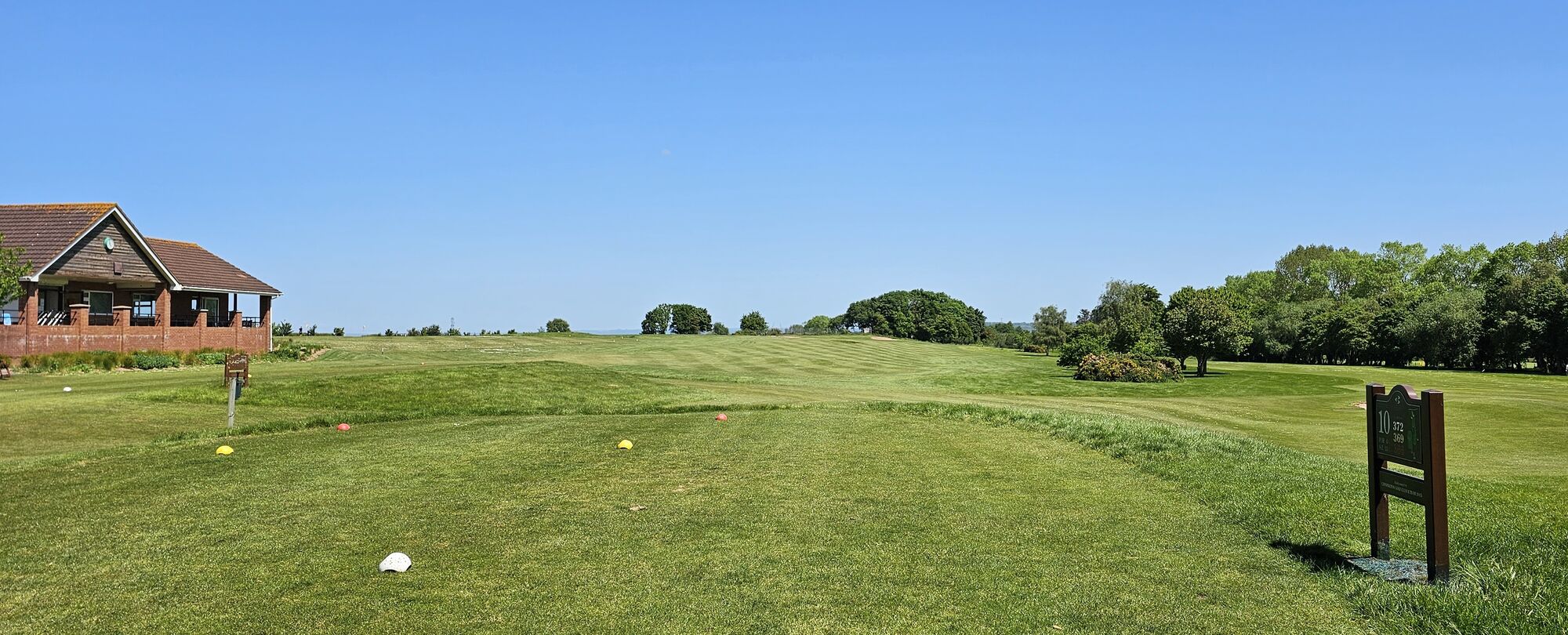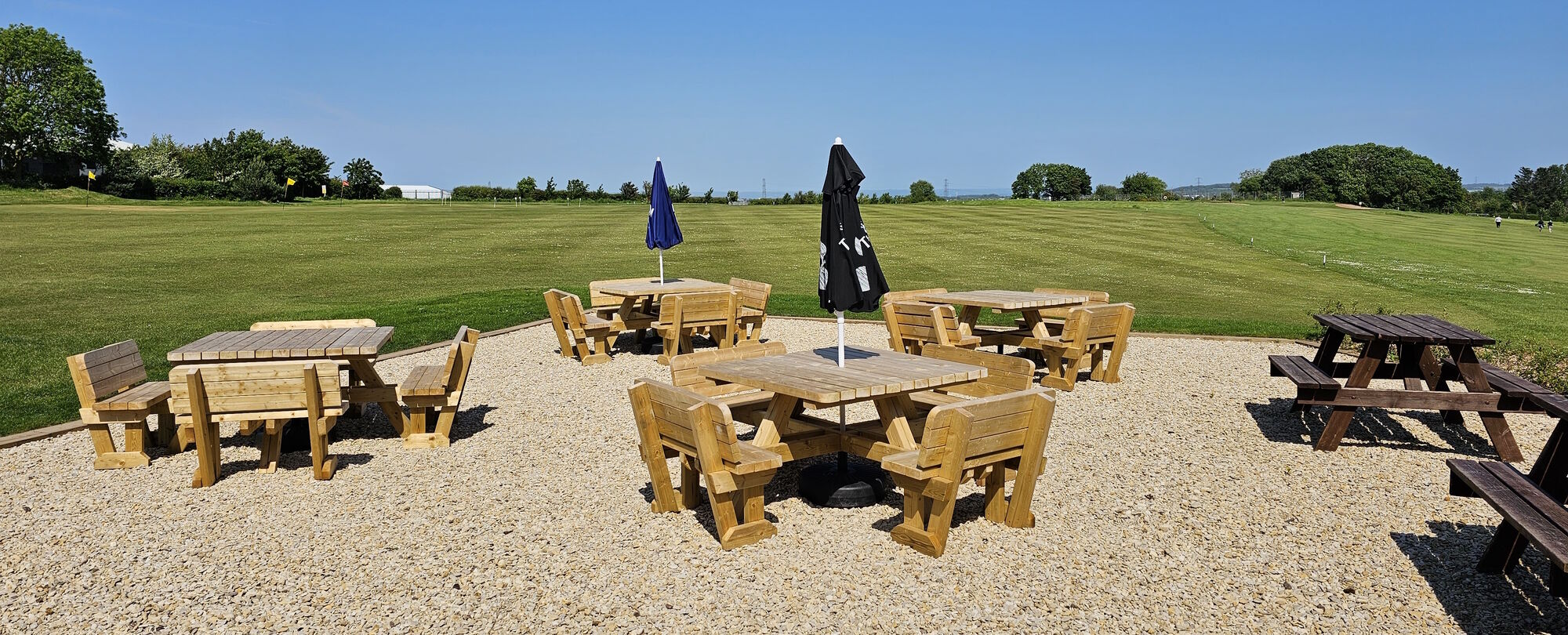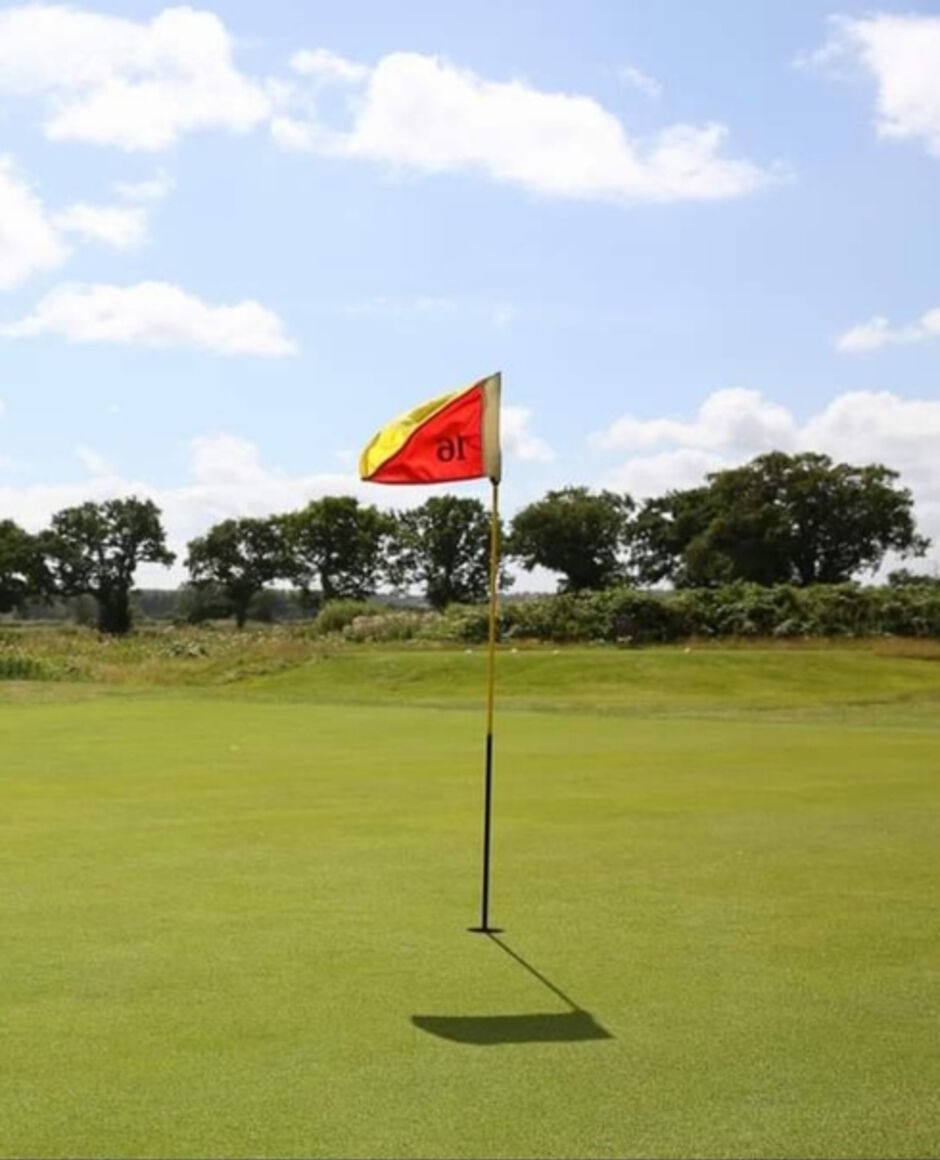Course Status
Fri 27 April. Course open with no restrictions Weather - Light showers to start, drier later, then rain this evening. Range opens 09.30 Updated: 27th Apr 2024
The Cricketing Golfer
A number of sports men and women try their hand at golf after playing a different sport for years.
This transition from moving ball games to a still-ball game can be quite radical, and this is particularly so for cricket players. The principles used for cricket are used for hitting a golf ball - head down and eye on the ball are two which come to mind, that can have negative consequences if adapted to swinging a golf club.
This lesson covers the differences in technique between golf and cricket, and it is important to remember the difference between a voluntary action and an involuntary action. A voluntary action is a conscious movement, and an involuntary action is a movement which takes place automatically, and in normal circumstances happens without you thinking about it.
Putting this in the context of cricket and golf, a cricketer who has been playing the game for a considerable time, will hold the bat and play various strokes as involuntary actions, and this technique is likely to transfer to the golf swing.
The difference in equipment and the role of the ball in both games, play a significant part in technique. In cricket the ball is coming at you at speeds of up to 90 mph, whereas in golf it is the clubhead which is travelling at speeds in excess of 90mph. There is no shaft to a cricket bat, just the handle and the blade, and in the golf club there is a handle, (albeit part of the shaft), the shaft and the head.
Take a look at the pictures; they illustrate the two basic ways of holding a cricket bat. This grip allows the cricketer to maintain a ‘straight bat' for the important defensive shots and the driving shots through mid-off or mid-on. If this hold of the bat is transferred to the golf club, you have what is commonly referred to as a strong grip, as it often closes the clubface at impact.
Bearing in mind this is a cricketer, the movement more likely to follow for impact is to unconsciously present the face of the club to the ball in like manner of the cricket bat. In cricket it will go straight through mid-off; and the mid-off to the golfer is to the right of the green or the target. This happens because the club cannot be released properly and the clubface is left open. The reaction to this is to aim to the left of the target on the next shot and another ‘slicer' of the ball is born.
However, occasionally because of the makeup of the forearms, which rotate through impact, the clubface would be so closed that a smother or duck hook shot would occur.
When this method of holding a cricket bat is transferred to the golf club, the club is likely to be taken back from the ball in a ‘hooded' position, making the creation of a second lever (or more commonly known as the wrist hinge) impossible, with the result being that at the top of the backswing, the back of the left hand will not be parallel to the target line, but excessively bowed or in a convex position. This would lead to a very shut face at the top of the swing.
We have looked at the effect of the transfer of cricketing technique to that of the golfer, in particular the way a cricket bat is held in comparison to the ideal hold for the golf club. In the next lesson we will look how the grip/hold of the club affects the clubface at impact, and the role of the left arm and the tilting motion of cricket, to the rotational motion of the golf swing.
Ron Macrow
Fellow of the Professional Golfers' Association















